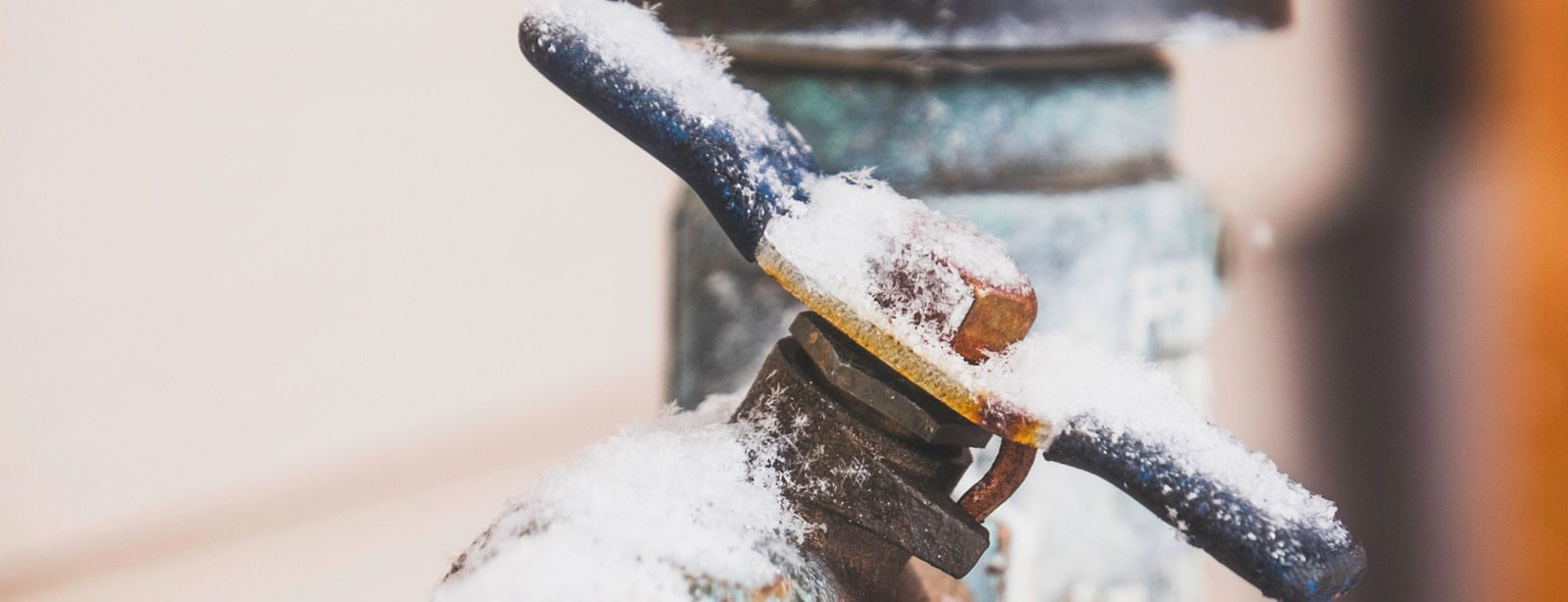Protect Against Frozen Plumbing in Cold Weather: Professional Tips
Click HereAre you searching for related information on How to prepare your home plumbing for winter weather?

Cold weather can ruin your plumbing, particularly by freezing pipelines. Right here's how to stop it from occurring and what to do if it does.
Intro
As temperature levels decrease, the threat of frozen pipes increases, possibly causing costly repairs and water damage. Comprehending how to prevent icy pipes is crucial for home owners in chilly environments.
Recognizing Icy Pipelines
What causes pipelines to freeze?
Pipelines freeze when revealed to temperatures below 32 ° F (0 ° C) for prolonged durations. As water inside the pipes freezes, it expands, taxing the pipeline wall surfaces and possibly triggering them to rupture.
Risks and damages
Icy pipelines can cause water system interruptions, building damages, and costly repair work. Ruptured pipes can flooding homes and trigger comprehensive architectural damage.
Indicators of Frozen Pipeline
Identifying icy pipelines early can prevent them from breaking.
How to determine icy pipelines
Search for reduced water flow from taps, uncommon smells or noises from pipes, and visible frost on subjected pipelines.
Avoidance Tips
Insulating vulnerable pipelines
Cover pipes in insulation sleeves or make use of heat tape to safeguard them from freezing temperatures. Focus on pipelines in unheated or external areas of the home.
Home heating techniques
Maintain indoor spaces adequately heated up, specifically areas with pipes. Open closet doors to permit cozy air to circulate around pipelines under sinks.
Securing Outdoor Pipes
Yard hose pipes and exterior faucets
Detach and drain pipes garden tubes prior to wintertime. Install frost-proof faucets or cover outside faucets with shielded caps.
What to Do If Your Pipes Freeze
Immediate activities to take
If you presume icy pipes, maintain faucets available to alleviate stress as the ice melts. Make use of a hairdryer or towels soaked in warm water to thaw pipelines slowly.
Long-Term Solutions
Structural changes
Consider rerouting pipes far from exterior walls or unheated locations. Add additional insulation to attics, cellars, and crawl spaces.
Upgrading insulation
Purchase premium insulation for pipelines, attic rooms, and wall surfaces. Proper insulation assists keep regular temperature levels and lowers the threat of icy pipes.
Conclusion
Stopping frozen pipes requires proactive actions and fast actions. By recognizing the causes, signs, and preventive measures, homeowners can protect their pipes throughout cold weather.
5 Ways to Prevent Frozen Pipes
Drain Outdoor Faucets and Disconnect Hoses
First, close the shut-off valve that controls the flow of water in the pipe to your outdoor faucet. Then, head outside to disconnect and drain your hose and open the outdoor faucet to allow the water to completely drain out of the line. Turn off the faucet when done. Finally, head back to the shut-off valve and drain the remaining water inside the pipe into a bucket or container. Additionally, if you have a home irrigation system, you should consider hiring an expert to clear the system of water each year.
Insulate Pipes
One of the best and most cost-effective methods for preventing frozen water pipes is to wrap your pipes with insulation. This is especially important for areas in your home that aren’t exposed to heat, such as an attic. We suggest using foam sleeves, which can typically be found at your local hardware store.
Keep Heat Running at 65
Your pipes are located inside your walls, and the temperature there is much colder than the rest of the house. To prevent your pipes from freezing, The Insurance Information Institute suggests that you keep your home heated to at least 65 degrees, even when traveling. You may want to invest in smart devices that can keep an eye on the temperature in your home while you’re away.
Leave Water Dripping
Moving water — even a small trickle — can prevent ice from forming inside your pipes. When freezing temps are imminent, start a drip of water from all faucets that serve exposed pipes. Leaving a few faucets running will also help relieve pressure inside the pipes and help prevent a rupture if the water inside freezes.
Open Cupboard Doors
Warm your kitchen and bathroom pipes by opening cupboards and vanities. You should also leave your interior doors ajar to help warm air circulate evenly throughout your home.

We are very involved in 6 Ways to Prevent Frozen Pipes and I am hoping you appreciated the new blog posting. Are you aware of another individual who is sincerely interested in How To Avoid Freezing Pipes? Be sure promote it. Thank you for being here. Revisit us soon.
Call Today